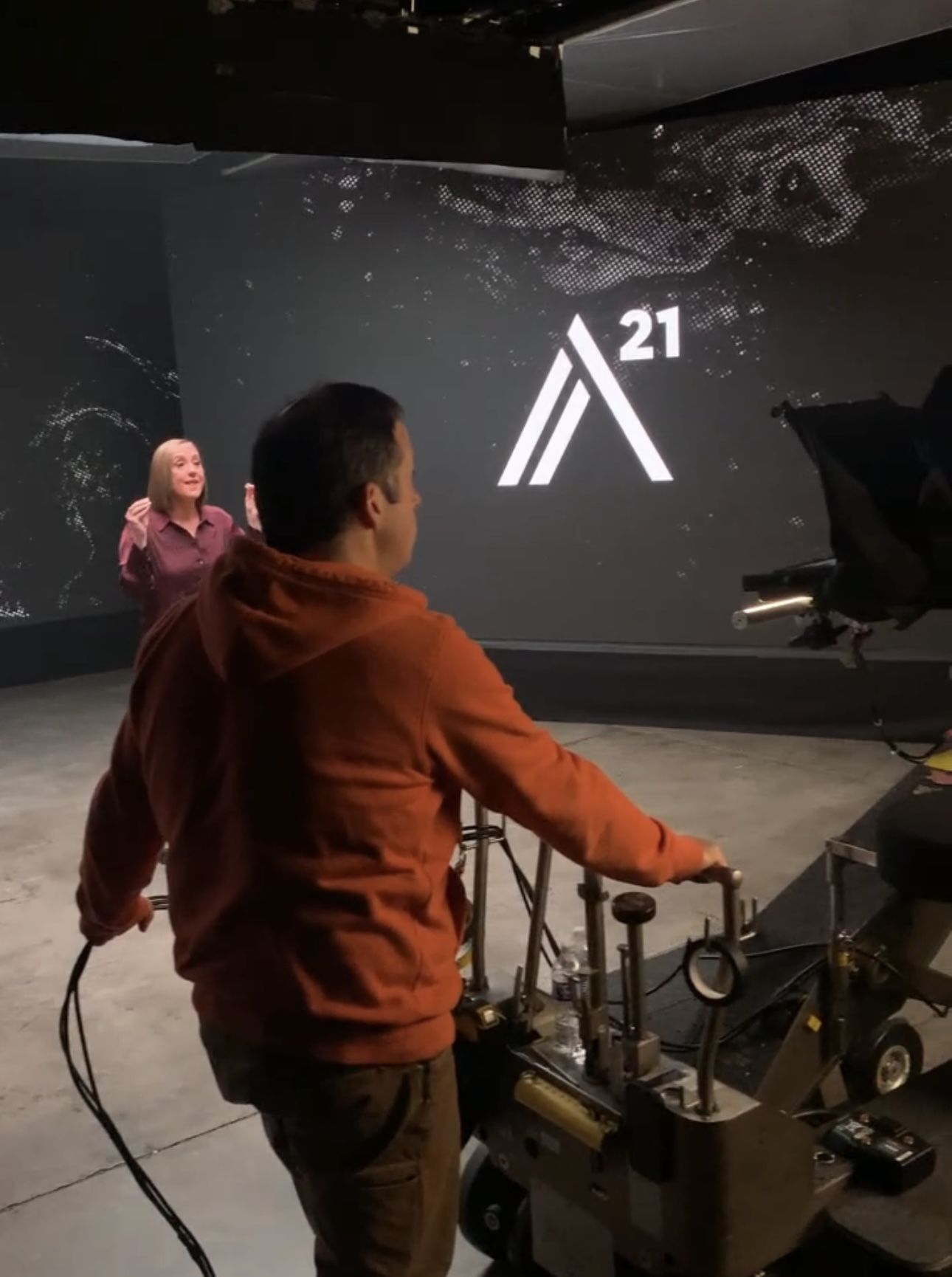How do you stay updated on the latest technological advancements in cinematography, and how have these technologies influenced your work?
Staying updated on technological advancements is a continuous process that involves a combination of active engagement and ongoing learning. I attend industry conferences, participate in workshops, and maintain connections with fellow professionals to stay abreast of the latest developments. Additionally, experimenting with new equipment and technologies during personal projects allows for hands-on experience.
Technological advancements, such as improvements in camera sensors, high dynamic range capabilities, new lighting technologies, have significantly influenced my work. These advancements provide greater creative flexibility, allowing for more nuanced visual storytelling and heightened production values.
Can you discuss your experience with shooting in different formats, such as film versus digital?
Having experience with both film and digital formats allows for a versatile approach to cinematography. Film offers a unique aesthetic characterized by its organic grain and color reproduction, contributing to a timeless and classic feel. Digital formats, on the other hand, provide greater flexibility in post-production, high sensitivity in low-light conditions, and efficient workflows.
The choice between film and digital often depends on the specific requirements of the project and the desired visual outcome. Each format brings its own set of characteristics, and my experience with both allows for a tailored approach that aligns with the project’s creative goals.
In your opinion, what role will technology play in the future of cinematography?
Technology will continue to play a transformative role in the future of cinematography. Advancements in camera technology, virtual production techniques, and augmented reality are likely to redefine the possibilities for visual storytelling. Innovations in post-production, including artificial intelligence-driven editing tools and real-time visual effects rendering, will further streamline workflows and enhance creative capabilities.
As technology evolves, the collaborative and imaginative aspects of cinematography will remain at the forefront, with technology serving as a powerful tool to amplify creative expression.
What trends do you foresee in the future of cinematography, both in terms of technology and storytelling techniques?
In terms of technology, I anticipate continued advancements in virtual production, augmented reality integration, and the development of more compact and powerful camera systems. The convergence of cinematography with emerging technologies, such as extended reality, may redefine the boundaries between physical and virtual environments.
Storytelling techniques are likely to evolve with an increased emphasis on immersive experiences. Interactive narratives, where audiences have agency in shaping the story, may become more prevalent. The blending of traditional linear storytelling with non-linear and interactive elements could open up new avenues for creative expression.
How do you approach the use of visual effects to enhance storytelling in your projects?
The use of visual effects is approached with a focus on enhancing, rather than overshadowing, storytelling. Collaboration with VFX artists begins during pre-production, where we establish a shared vision for seamlessly integrating effects into the narrative. Clear communication with the director and post-production team ensures that VFX elements align with the overall visual language.
Visual effects are employed to augment practical elements and create visual experiences that transcend the limitations of reality. Whether enhancing environments, creating fantastical elements, or achieving complex stunts safely, the goal is to use VFX as a storytelling tool that complements and elevates the narrative without sacrificing authenticity. The key is to strike a balance that enhances the visual storytelling without detracting from the emotional core of the story.
Can you discuss the impact of streaming platforms on the film industry and its implications for cinematographers?
Streaming platforms have profoundly impacted the film industry, influencing how content is produced, distributed, and consumed. For cinematographers, this shift has resulted in both challenges and opportunities. The rise of streaming has increased the demand for diverse content, offering cinematographers the chance to work on a wide range of projects. However, the streaming landscape also brings new considerations, such as optimizing visuals for various screen sizes and viewing environments. Cinematographers must adapt to these changes while maintaining a commitment to delivering compelling visuals that resonate with audiences across different platforms.
How do you balance the integration of practical effects and CGI in your cinematography?
Balancing practical effects and computer-generated imagery involves a collaborative and strategic approach. In pre-production, I collaborate closely with the special effects and VFX teams to understand the creative requirements and technical capabilities of each method. The decision to use practical effects or CGI is guided by the narrative, budget considerations, and the desired visual impact.
Practical effects often bring a tangible and authentic quality to scenes, while CGI provides the flexibility to achieve fantastical or logistically challenging elements. The key is to seamlessly integrate both approaches, ensuring that the final visual outcome aligns with the overall storytelling objectives.
Can you share insights into your decision-making process when choosing between practical and digital effects?
The decision between practical and digital effects is driven by a thorough analysis of the creative, logistical, and budgetary considerations of each project. Practical effects excel in providing realism, texture, and tangible elements that interact with the environment and actors. On the other hand, digital effects offer the flexibility to create otherworldly or complex visuals.
I weigh the narrative requirements, the physical constraints of the shooting location, and the budget to determine the most effective approach.
How has the evolution of technology affected your approach to cinematography, and how do you adapt to these shifts?
The evolution of technology has had a profound impact on my approach to cinematography. Advancements in camera technology, post-production workflows, and visual effects tools have expanded creative possibilities. I embrace these shifts by staying informed about emerging technologies, attending workshops, and experimenting with new tools during personal projects.
Adaptability is key. As technology evolves, I continually reassess my workflow, incorporating new tools and techniques that align with the project’s goals. The goal is to leverage technology to enhance storytelling while maintaining a balance that serves the narrative and creative vision.
Can you discuss any challenges or benefits that come with integrating new technologies into your workflow?
Integrating new technologies into the workflow brings both challenges and benefits. The benefits include increased efficiency, expanded creative possibilities, and improved image quality. For example, advancements in camera sensors and lenses provide filmmakers with greater dynamic range and resolution.
However, challenges may arise in terms of learning curves, compatibility issues, and the need for additional training. Overcoming these challenges involves a commitment to ongoing learning, collaboration with technical experts, and a willingness to experiment and adapt. Ultimately, the successful integration of new technologies enhances the cinematographer’s toolkit, allowing for more innovative and visually compelling storytelling.
Can you share a project where technology played a significant role in shaping the visual narrative?
In a commercial I worked on for A21, technology played a pivotal role in shaping the visual narrative. The commercial required intricate use of a 180 degree LED screen that tracks the camera movement and moves whatever is projected in response to those movements. Advanced camera tracking systems and real-time rendering allowed us to seamlessly integrate digital elements into the physical world, blurring the lines between reality and fiction.










